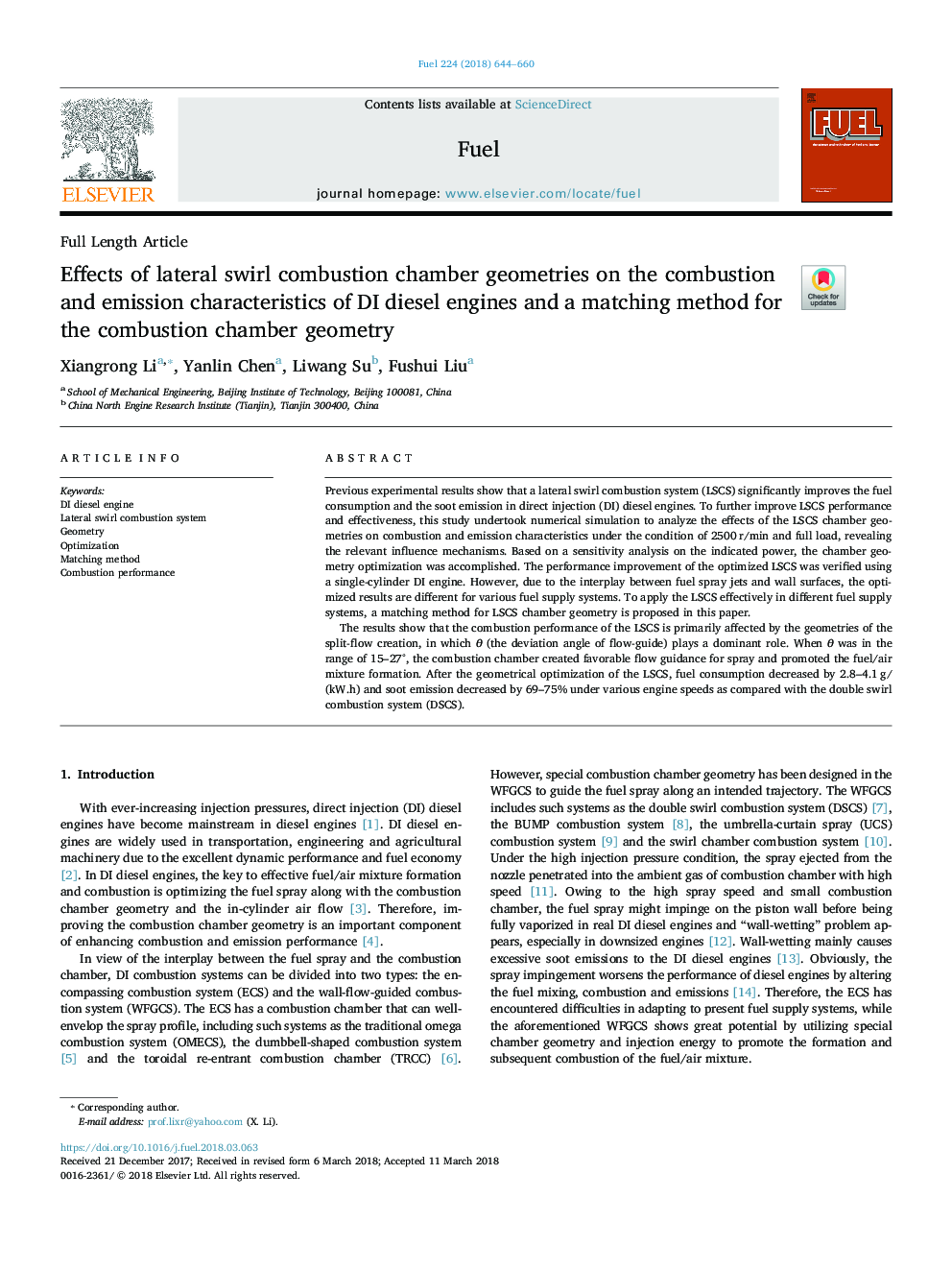| Article ID | Journal | Published Year | Pages | File Type |
|---|---|---|---|---|
| 6631213 | Fuel | 2018 | 17 Pages |
Abstract
The results show that the combustion performance of the LSCS is primarily affected by the geometries of the split-flow creation, in which θ (the deviation angle of flow-guide) plays a dominant role. When θ was in the range of 15-27°, the combustion chamber created favorable flow guidance for spray and promoted the fuel/air mixture formation. After the geometrical optimization of the LSCS, fuel consumption decreased by 2.8-4.1â¯g/(kW.h) and soot emission decreased by 69-75% under various engine speeds as compared with the double swirl combustion system (DSCS).
Related Topics
Physical Sciences and Engineering
Chemical Engineering
Chemical Engineering (General)
Authors
Xiangrong Li, Yanlin Chen, Liwang Su, Fushui Liu,
